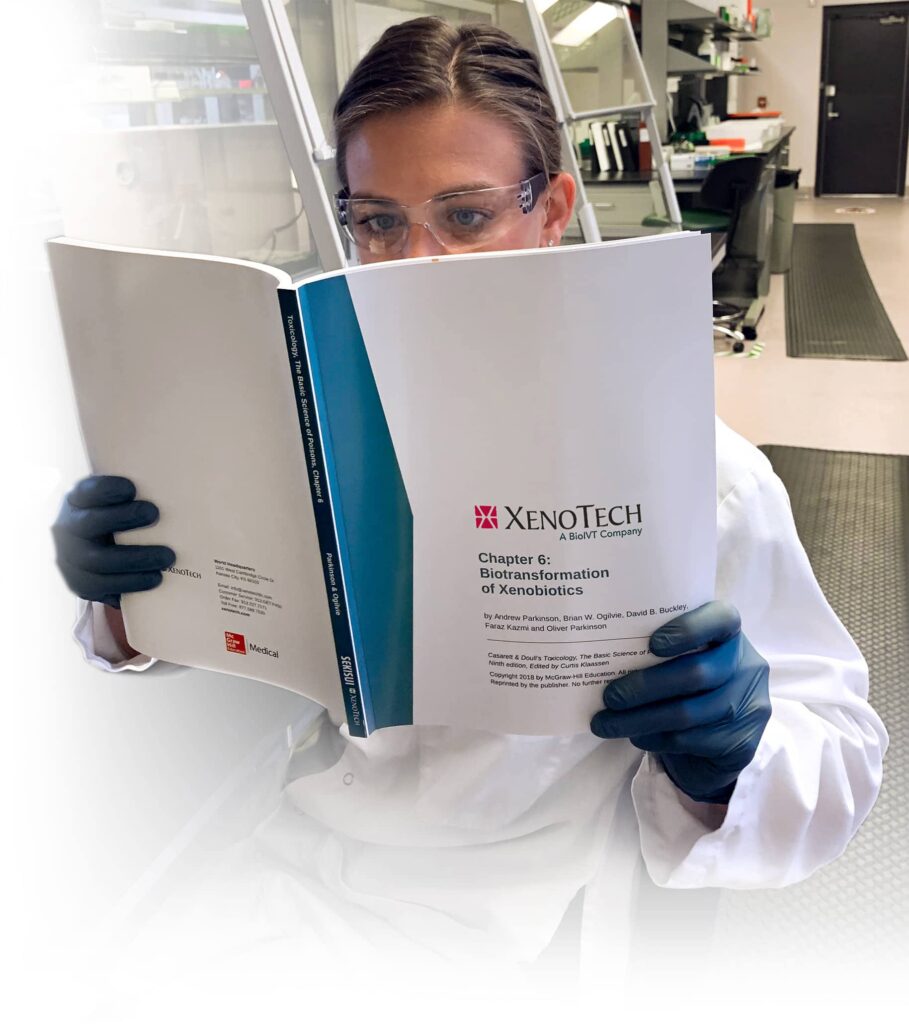
In Vitro Evaluation of Ketoconazole and its Alternatives as Non-CYP Inhibitors
Full Title
The In Vitro Evaluation of Ketoconazole and its Alternative Clinical CYP3A4/5 Inhibitors (Ritonavir, Clarithromycin and Itraconazole) as Inhibitors of Non-CYP Enzymes
Abstract
Ketoconazole is a potent CYP3A4/5 inhibitor, and until recently, recommended by the Food and Drug Administration (FDA) and the European Medicines Agency (EMA) as a “strong” CYP3A4/5 inhibitor in clinical drug-drug interaction (DDI) studies. Ketoconazole sporadically causes liver injury or adrenal insufficiency. Because of this, the FDA and EMA recommended suspension of ketoconazole use in DDI studies in 2013. FDA specifically recommended use of clarithromycin or itraconazole as alternative strong CYP3A4/5 inhibitors for use in clinical DDI studies, but many investigators have also used ritonavir as an alternative. Although the effects of these clinical CYP3A4/5 inhibitors on other CYPs are largely established, reports on the effects on the broad range of non-CYP drug metabolizing enzyme activities are sparse. In this study, the inhibitory effects of ketoconazole, clarithromycin, ritonavir and itraconazole (and its CYP3A4-inhibitory metabolites, hydroxy-, keto- and N-desalkyl itraconazole) towards several drug metabolizing enzymes were systematically assessed in human subcellular fractions (microsomes, S9 or cytosol) from hepatic or extrahepatic tissues or recombinant enzyme systems. The enzyme families or metabolic reactions tested for inhibition include UGTs (13), sulfonation, GST, CES1/2, AO, XO, FMO, MAO-A and B, NAT1 and 2, and COMT. Several enzymes were not markedly inhibited (< 20% inhibition) by any of the compounds tested, including XO, FMO, sulfonation, CES1, GST, NAT1 and COMT. Two enzymes, namely CES2 and NAT2 were moderately inhibited (20-40% inhibition) by one or more compounds tested. AO was inhibited by ketoconazole, ritonavir and clarithromycin, but not itraconazole with IC50 values of 3, 29 and 64 µM, respectively. MAO-A was inhibited by only ketoconazole (IC50 values » 8 µM) and MAO-B by N-desalkyl-itraconazole and ketoconazole (IC50 values » 6 µM). One or more UGT enzymes was potently inhibited (IC50 values < 10 µM) by ketoconazole, ritonavir and itraconazole or its metabolites; however, clarithromycin did not cause potent inhibition (≥ 43 µM) of the UGT enzymes tested. Ketoconzole inhibited 12 of 13 UGT enzymes tested with IC50 values less than 10 µM for 6 of those enzymes. Similarly, ritonavir and itraconazole and/or its metabolites potently inhibited 5/13 and 4/13 UGT enzymes, respectively, with IC50 values less than 10 µM in these cases. The results indicate that, like ketoconazole, the alternative clinical CYP3A4/5 inhibitors ritonavir, clarithromycin and itraconazole each have unique enzyme inhibition profiles. The results provide guidance for the selection of clinical CYP3A4/5 inhibitors when non-CYP enzymes are potentially involved in a victim drug’s pharmacokinetics.